Analyzing the Best Pickleball Paddle Materials for Enhanced Performance
Analyzing the Best Pickleball Paddle Materials for Enhanced Performance
Pickleball is one of the fastest-growing sports today. Players of all ages enjoy its exciting mix of tennis, badminton, and ping-pong. Choosing the right paddle impacts your performance on the court. Different materials offer various benefits. This blog explores the best pickleball paddle materials to enhance your game.
Understanding Paddle Materials
Pickleball paddles come in several materials. Each material affects weight, durability, and power. Knowing these materials helps players select the best paddle. Let’s dive into the most common materials used in paddles.
Wood Paddles
Wood paddles are the traditional choice. They offer several advantages, especially for beginners. First, wood paddles are inexpensive and widely available. They provide a solid hitting surface and decent power. However, they tend to be heavier than composite or graphite paddles.
Wood paddles excel in durability. You can use them for recreational play without worrying about wear. However, they lack the finesse of modern paddles. Players seeking higher-level performance may find wood paddles limiting.
Composite Paddles
Composite paddles use a blend of materials, often including fiberglass and polymer cores. This combination balances power and control. The lightweight nature enhances maneuverability. Players can react quickly, making them ideal for fast-paced games.
Many composite paddles feature textured surfaces. This texture improves spin and ball control. Aggressive players benefit from these features. Transitioning from wood to composite can significantly elevate a player’s game.
Graphite Paddles
Graphite paddles dominate the market for serious players. They provide unmatched performance and responsiveness. Graphite offers a lightweight option without compromising power. This material enhances swing speed, allowing players to generate more force with less effort.
Graphite paddles often feature advanced designs. Many have honeycomb cores, improving shock absorption and control. Players enjoy a comfortable feel, even during long matches. Increased touch helps with finesse shots, making precise ball placement easier.
Choosing the Right Paddle for Your Game
Selecting the right paddle depends on your playing style. Some players prioritize power, while others focus on control. Understanding your preferences helps narrow down options.
Power vs. Control
If you favor power, choose a paddle with a larger sweet spot. Generally, composite and graphite paddles excel here. Players relying on strong serves and overheads need a supporting paddle.
If control is your priority, look for a lightweight paddle with a smaller head. These paddles allow better maneuverability and precision. Players who enjoy volleying and placing shots benefit from this type.
Grip Size Matters
Grip size plays a crucial role in paddle performance. A comfortable grip ensures better control and reduces injury risk. Measure your grip size by holding a paddle. You should have a little space between your fingers and palm.
Many paddles come in various grip sizes. Experimenting with different sizes helps you find the best fit. A proper grip enhances overall performance on the court.
Additional Considerations for Performance
In addition to materials and grip size, consider other factors that affect performance.
Weight of the Paddle
The weight of the paddle influences swing speed and power. Lighter paddles enhance quick reactions, while heavier paddles provide more power. Players should try various weights to discover their ideal match.
Paddle Shape
Paddle shape impacts performance. Wider paddles increase the sweet spot, making them more forgiving. Conversely, elongated paddles offer better reach and power. Understand your playing style to determine which shape suits you best.
Conclusion
Choosing the right pickleball paddle enhances your performance. Understanding materials like wood, composite, and graphite is essential. Each material offers distinct advantages. For beginners, wood paddles provide a solid starting point. Intermediate and advanced players often benefit from composite and graphite options.
Consider your playing style, grip size, weight, and paddle shape when deciding. A well-selected paddle can significantly improve your game. Explore different options to find the perfect paddle for your unique style. Enjoy the game, and may your pickleball journey be successful!
Below are related products to the topic if you’re interested:
FAQ
What are the main types of materials used in pickleball paddles?
Pickleball paddles are primarily made from three types of materials: wood, composite, and graphite. Wood paddles are traditional and durable, suitable for beginners. Composite paddles combine materials like fiberglass and polymer for a balance of power and control. Graphite paddles are favored by serious players for their lightweight design and high performance.
How does paddle weight affect performance?
The weight of a pickleball paddle significantly influences swing speed and power. Lighter paddles enhance quick reactions and maneuverability, making them ideal for fast-paced play. Heavier paddles, on the other hand, provide more power during shots. Players should experiment with different weights to find their optimal paddle for improved performance.
What factors should I consider when choosing a pickleball paddle?
When selecting a pickleball paddle, consider your playing style, grip size, weight, and paddle shape. Determine if you prioritize power or control, as this will guide your material choice. Additionally, ensure the grip size is comfortable to enhance control and reduce injury risk. Understanding these factors will help you find the perfect paddle for your game.
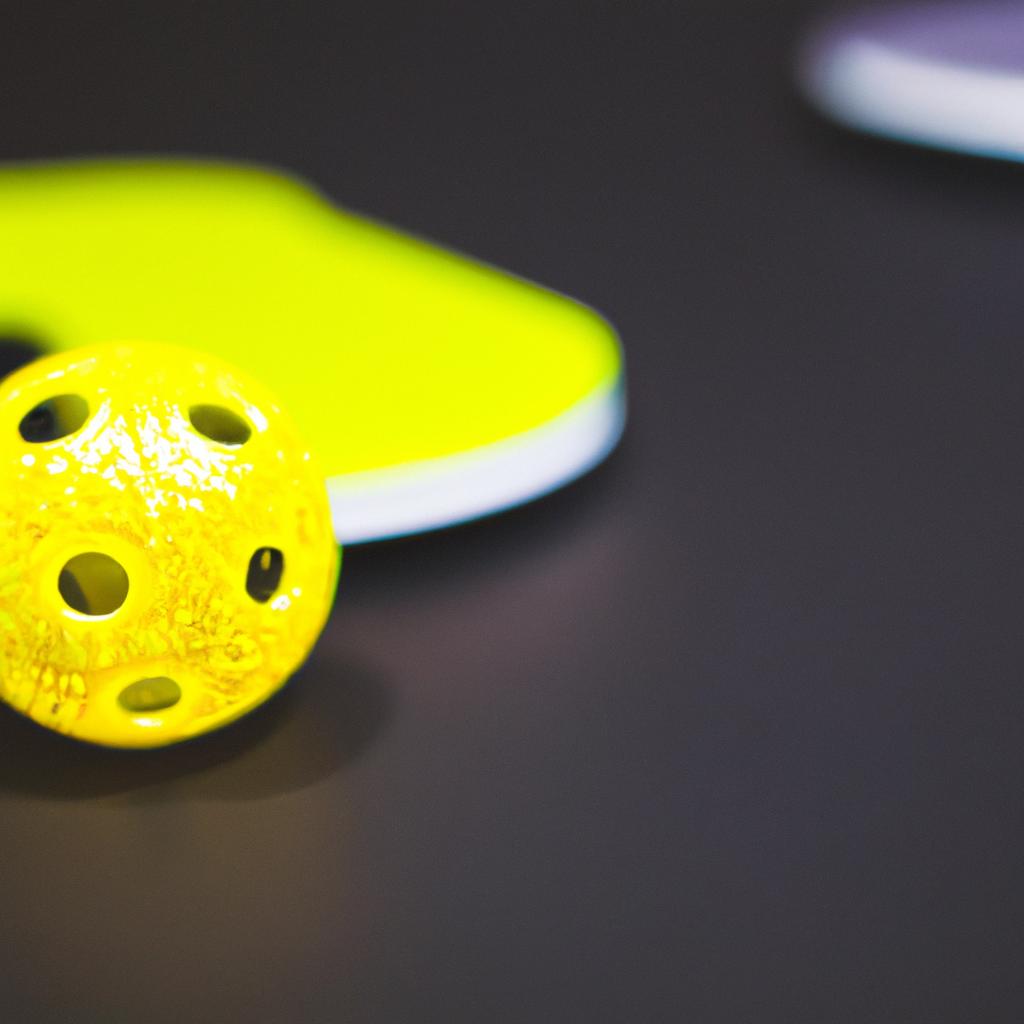



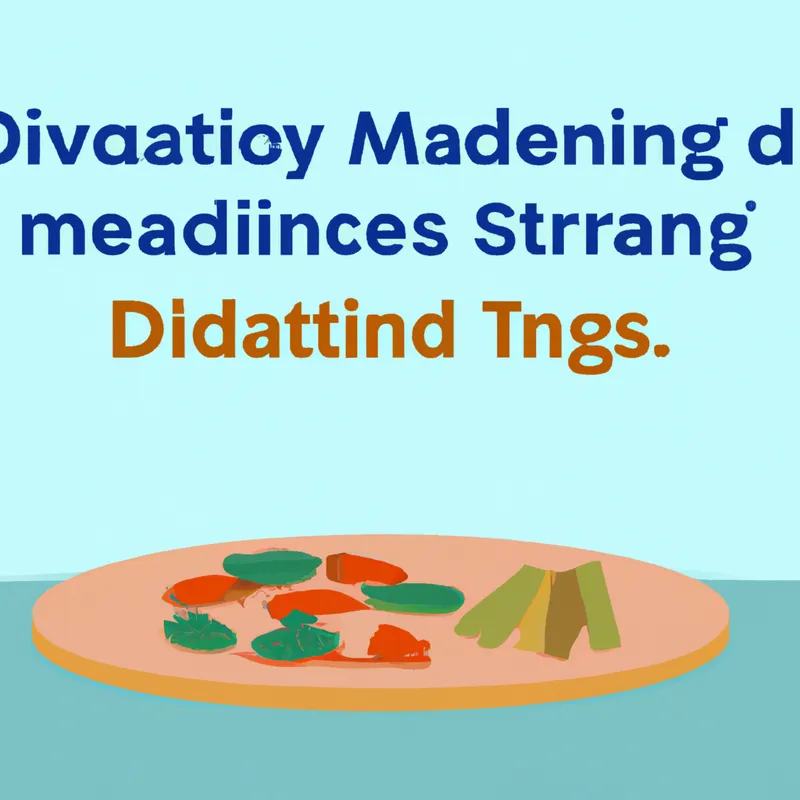
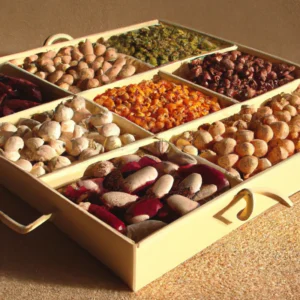


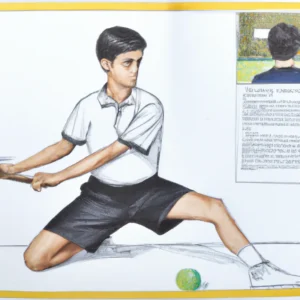



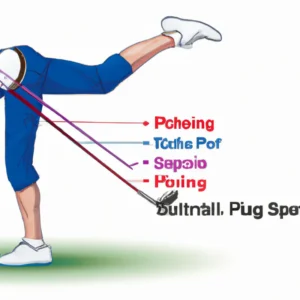


Post Comment